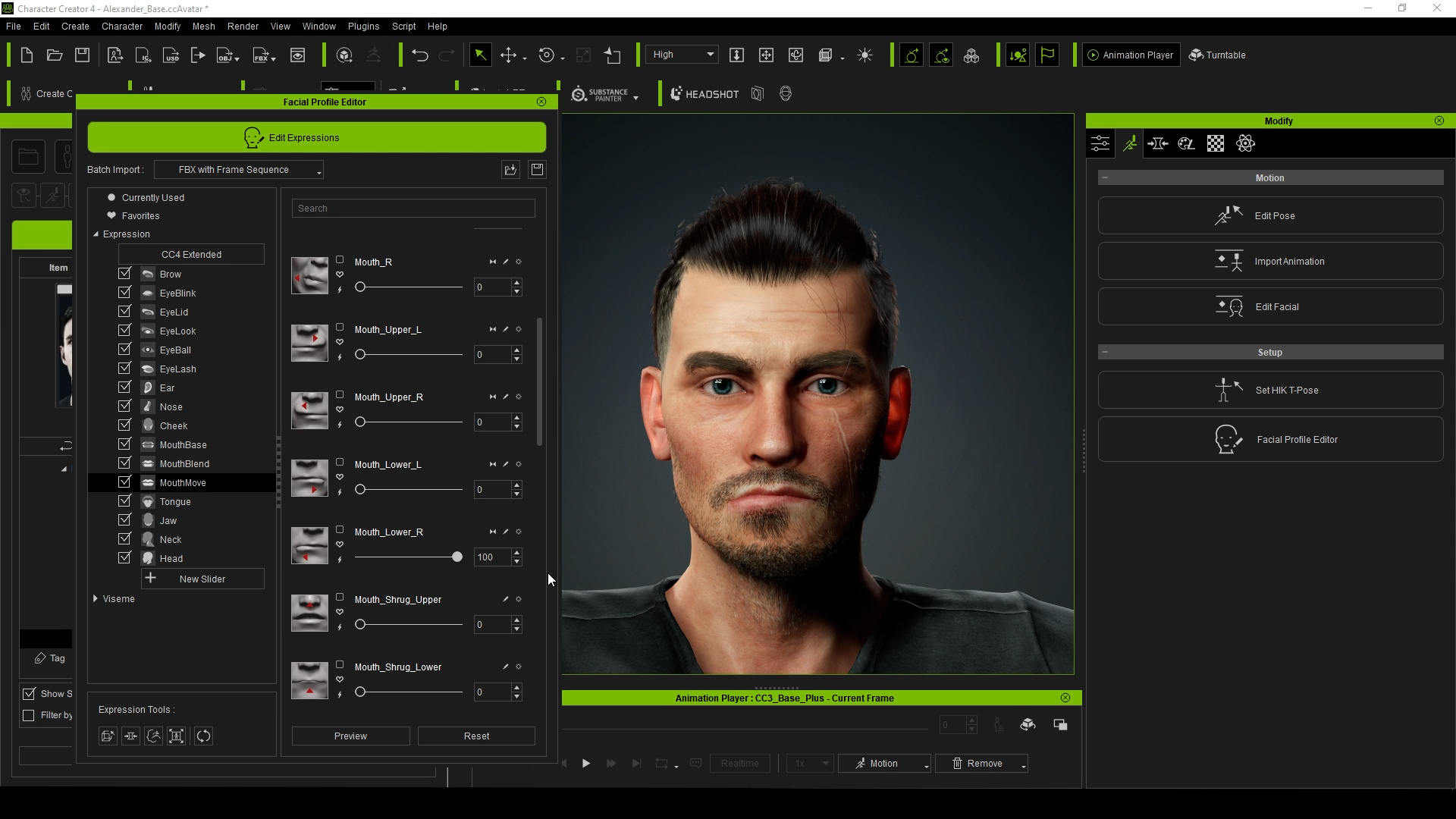
5 PRO TIPS FOR CHARACTER CREATOR 4
Over the past few years, I have been using Character Creator 3 to create digital actors for my various micro-short films and reviews. It has made the character creation process not only fast but also so much more fun for me as well. I feel like I have everything at my disposal to create the characters for the type of movies I have always wanted to make. Needless to say, I was very excited when Character Creator 4 was announced, and once available, I immediately jumped in! From my initial tests, these are five of my favorite features that stood out to me right away.
1. SHADERS
First off, CC4 has noticeably boosted the speed and responsiveness of the program, allowing creators to work faster and more efficiently. But this is complemented by what I feel are better-looking visuals. Mainly, the shaders and default lighting make your characters look so good. The lighting is less contrasty and the shaders provide more fidelity.

The hair and skin aren’t the only things that have improved visuals; Character’s clothing looks more accurate as well.
I say this because I texture my character’s clothing in Substance Painter. While clothing components look good in Substance painter and then eventually in Blender (where I render most of my projects), I felt like the clothing looked a bit flat in CC3. This was just something I had to work around in the past. But now, I feel like I get a much more accurate representation of my character directly in the viewport, meaning I am more confident with the look of my character at the outset, resulting in less back-and-forth program hopping in the later stages of production.
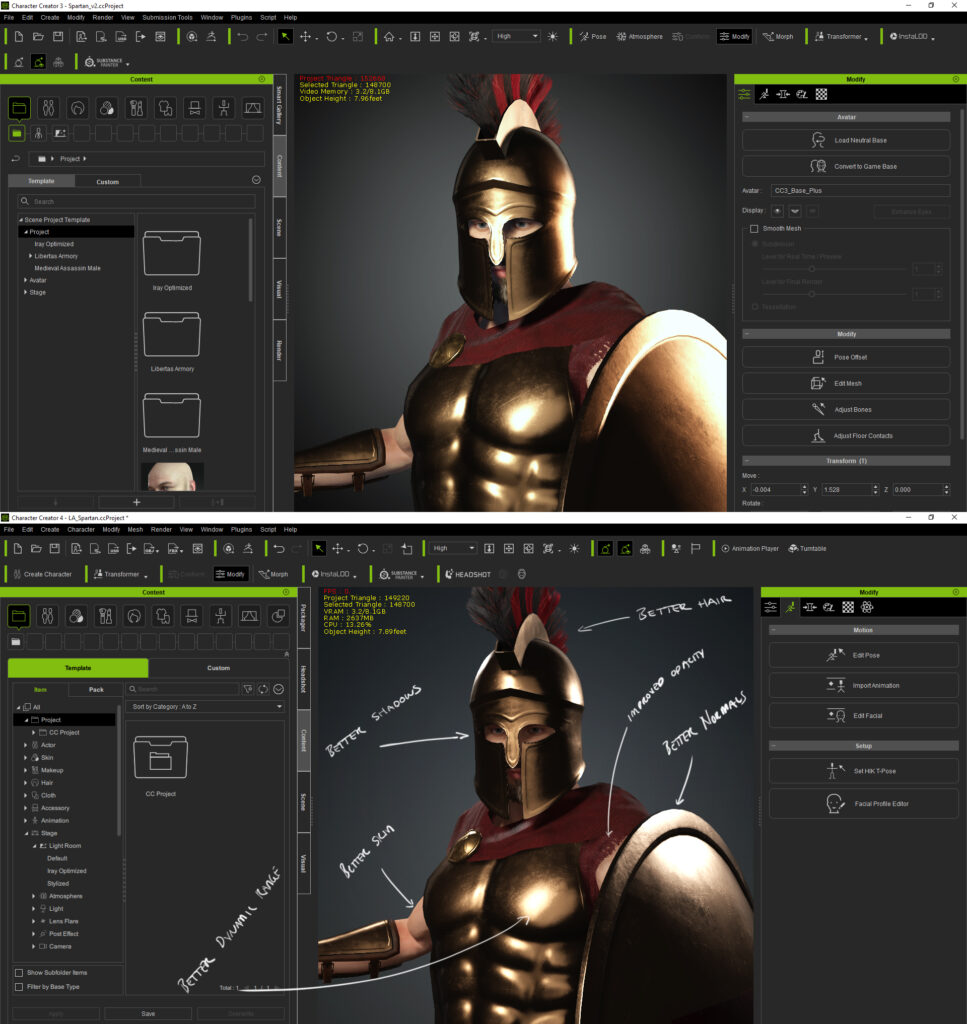
2. EXTENDED FACIAL PROFILE
Another feature that stood out right away was the extended facial profile. With over 140 morphs, we now have even more control over our character’s facial expressions. This extended range provided by the morphs brings an extra level of realism to the already beautiful characters.
I did a quick test with one of the previous characters I had created in CC3. After converting her to utilize the new extended facial profile, I was able to put the results back-to-back with the traditional facial profile to see how much of a change there was.
The differences are certainly noticeable, if somewhat subtle. Nevertheless, it is the subtleties that make the characters much more engaging and less robotic. In short, the subtleties are what are needed to breathe life into the character.
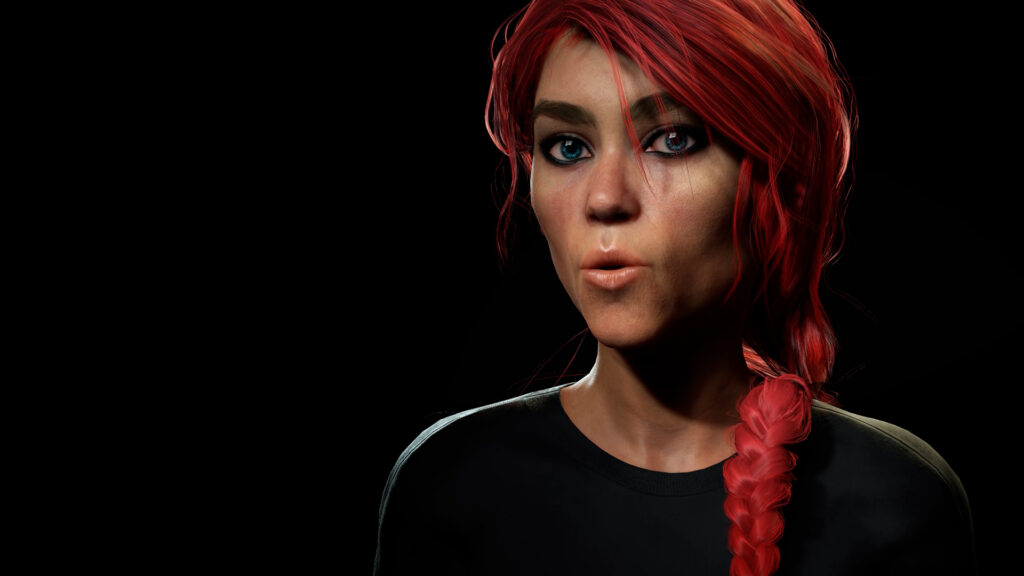
If you want to see the full range of the new extended facial profile in action, I would recommend checking out Reallusion’s Digital Soul Pack to see all the possibilities this advancement brings.
Of course, one of the benefits of having this facial profile and the ability to test it directly in CC4 using calibration animations is the opportunity to make adjustments to each character’s facial profile.
For instance, I use the plugin Headshot to give foundation to my character’s appearance, making further adjustments with morph sliders. However, this sometimes results in my characters having clipping issues on some of their facial features like the teeth, or in my case, the character’s eyes not fully closing when blinking.
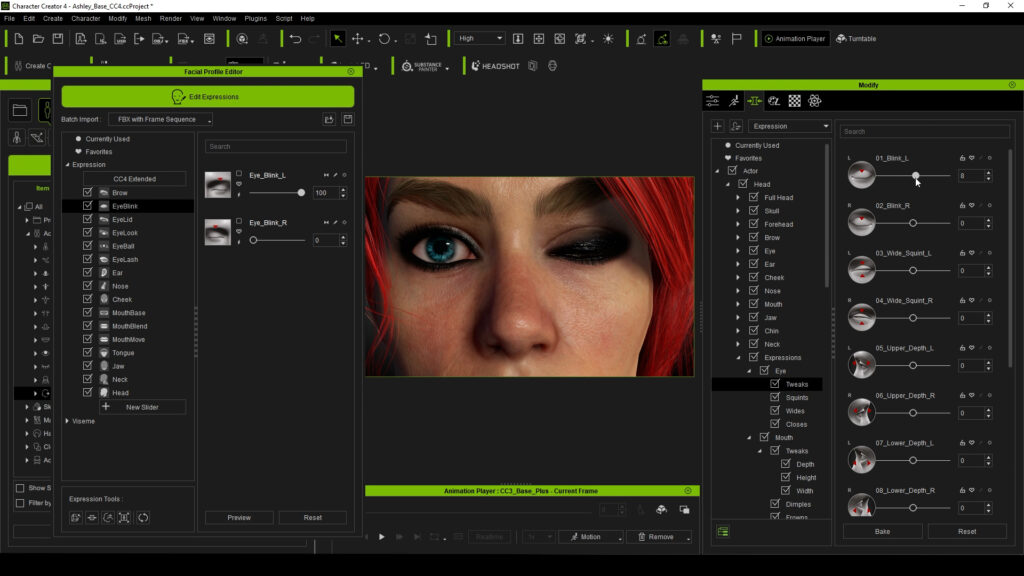
This is something I just had to work around in the past, but now I can modify the character’s facial profile directly in CC4. Using a variety of tools such as the mesh adjustment or the morph sliders, you can update the profile to accommodate any facial anomalies that are present.
This means you are not just in full control of what your character looks like, but you also have control over how their facial performance is driven. In my opinion, you can leverage this feature to give even more personality to your characters, even if it is by simply modifying the subtle way in which they smile.
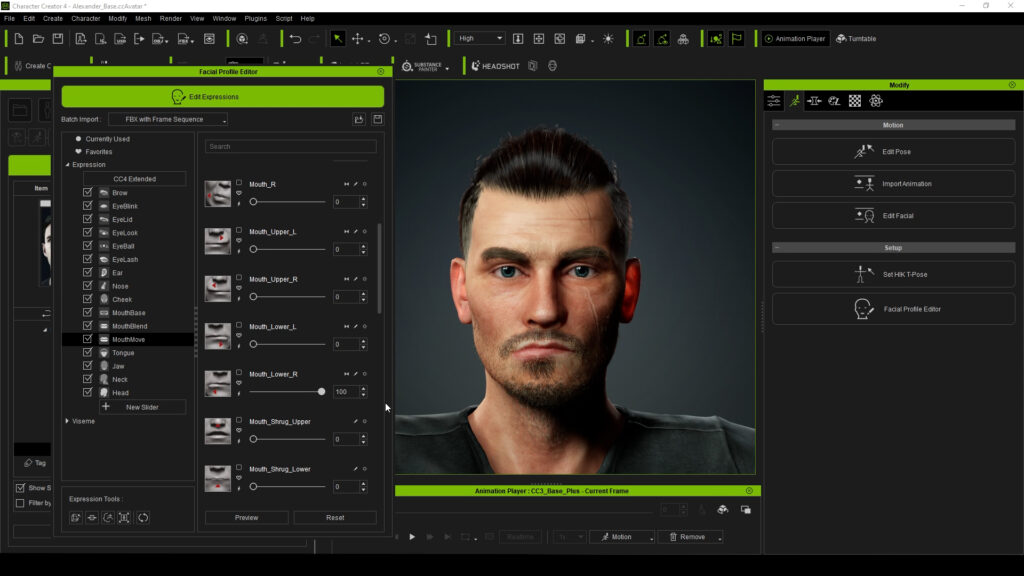
3. ANIMATION
You can now apply animations to your characters directly inside of Character Creator 4. This is great because you can now test your facial rig and make adjustments. You also now have the ability to see your characters come to life without having to send them to iClone.
You can also make adjustments to spring settings and collision shapes, directly within CC4, and see their effect right away. Again, you can do all of this without leaving the program.
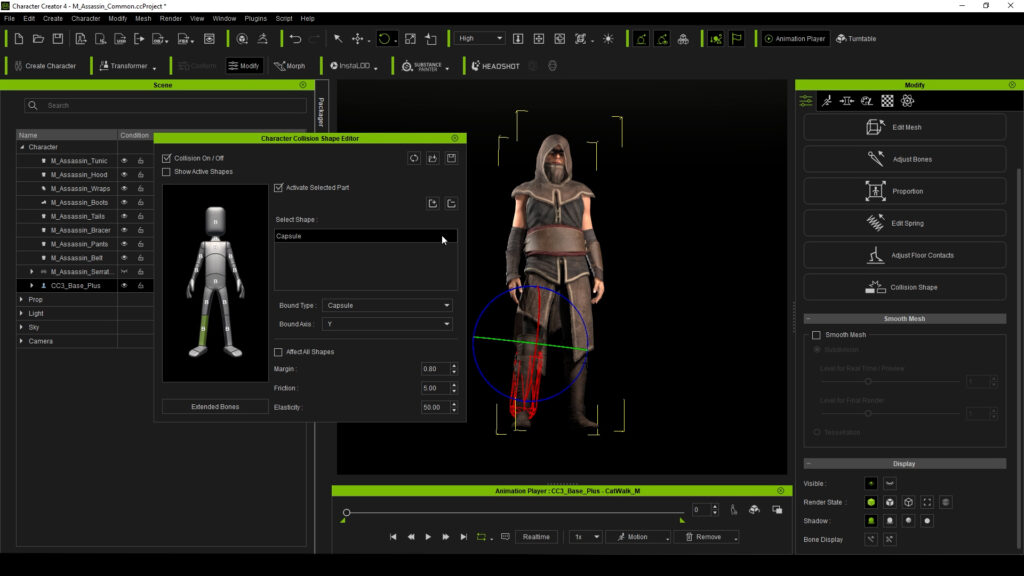
4. SOFT CLOTH PHYSICS
Along with animation, soft-cloth physics are also active in Character Creator 4.
Personally, I make a lot of my own clothing for my characters. My characters usually have long, flowing garments, which means I need to add and test my weight-maps, often spending lots of time refining and perfecting them.
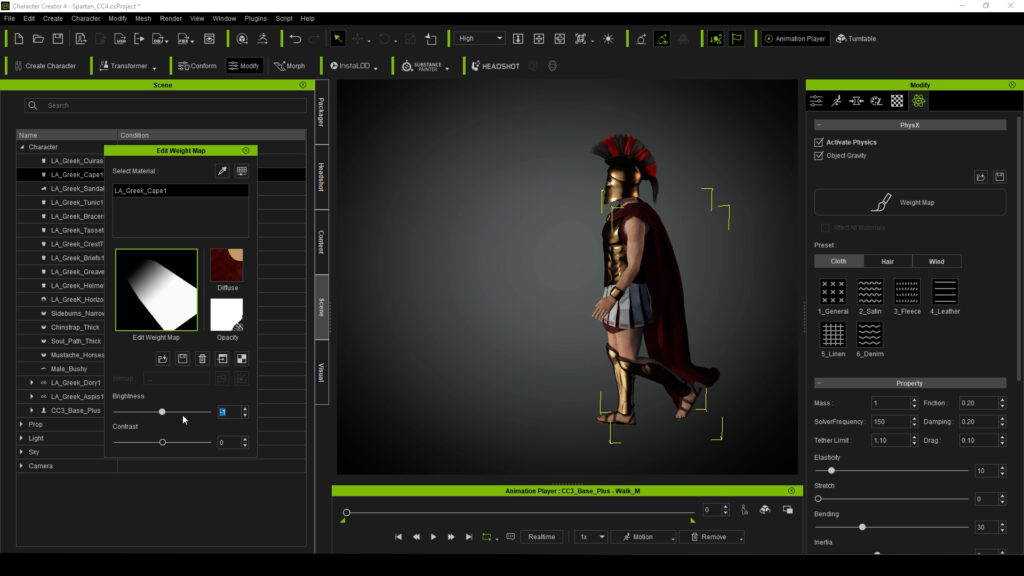
In the past, I would have to set up my character in CC3, send it to iClone 7, and then do my tests and refinements. Once happy with my results, I would then need to import those final weight-maps back into CC3. This saves me from that extra step.
And while not everyone makes their own clothing, the tools are there for you to even take pre-built clothes, make the necessary refinements, and tailor them to your specific character.
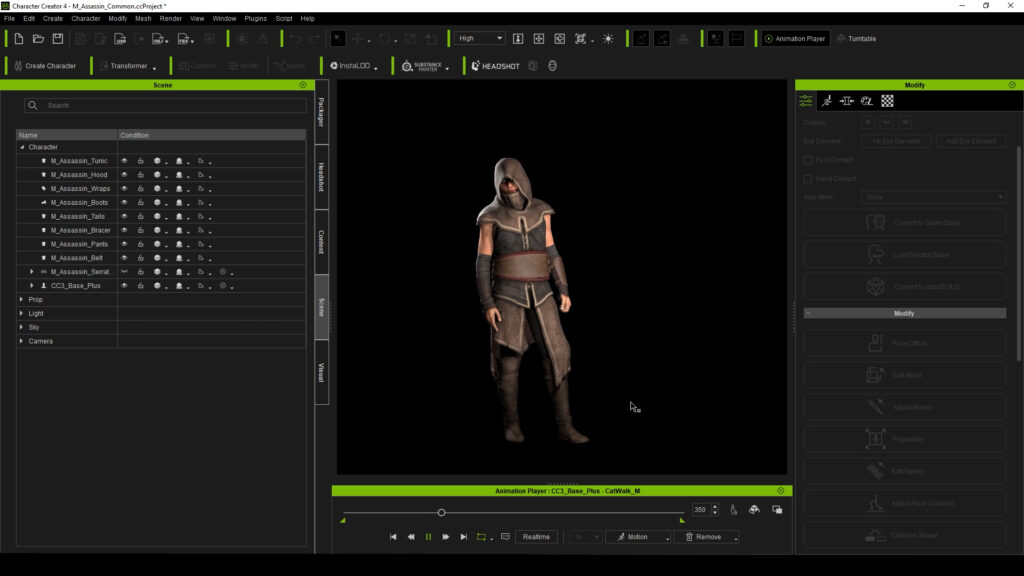
5. TURNTABLE
Finally, when you have completed your digital character, you can show them off with style thanks to the new Turntable feature. Using either a static pose or an animated motion, your character will spin around in a 360-degree loop.
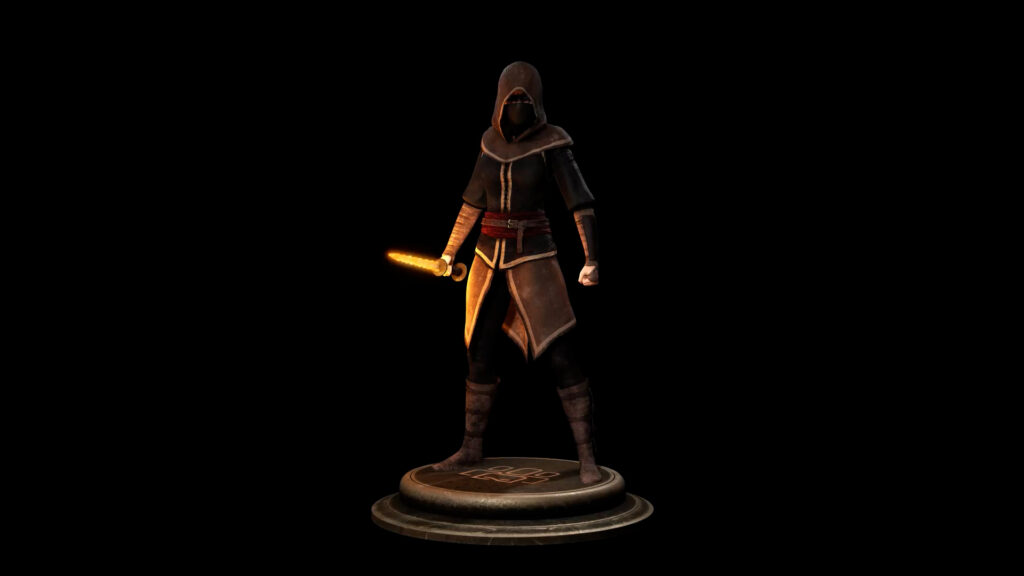
The loop can be modified, adjusting the speed of the rotation and even the items that are rotated. Then using the Light Room presets you can quickly set the mood with various lighting setups. Of course, these are also customizable to suit your showcase.
So if you’re proud of your work, and can’t wait to show it off, having this feature is a convenient addition.
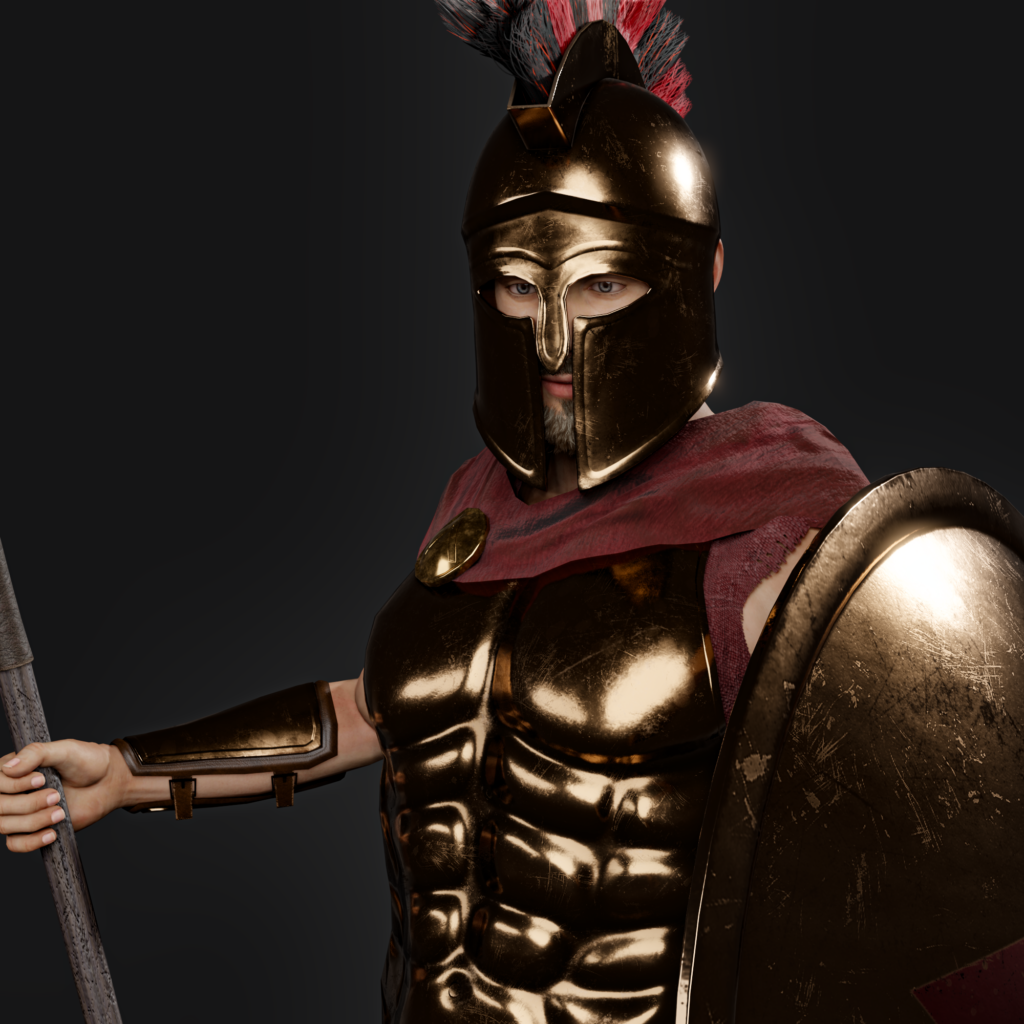
FINAL THOUGHTS
Of course, there is a lot more to be excited about than just these five features, but in the end, the five I have highlighted boil down to two benefits: That you can make your characters much more realistic and with a higher level of confidence. This confidence leads to increased speed and higher quality characters that will help you tell your next story.
So if you have found yourself on the fence as to whether or not it is worth it to upgrade, I would encourage you to go for it. It is extremely satisfying to have a program that has improved so much that it makes you wonder how you ever used the previous version.
LEARN MORE
Erik Larson
Born in Chicago, Libertas has always chased big stories on small budgets. Inspired by worlds like Assassin’s Creed and Lord of the Rings, he creates bold characters and cinematic shorts that blend fantasy, action, and immersive storytelling. When he’s not managing videography or working as a 3D generalist, you’ll find him crafting digital heroes, props, and costumes—building entire worlds from the ground up, one frame at a time.




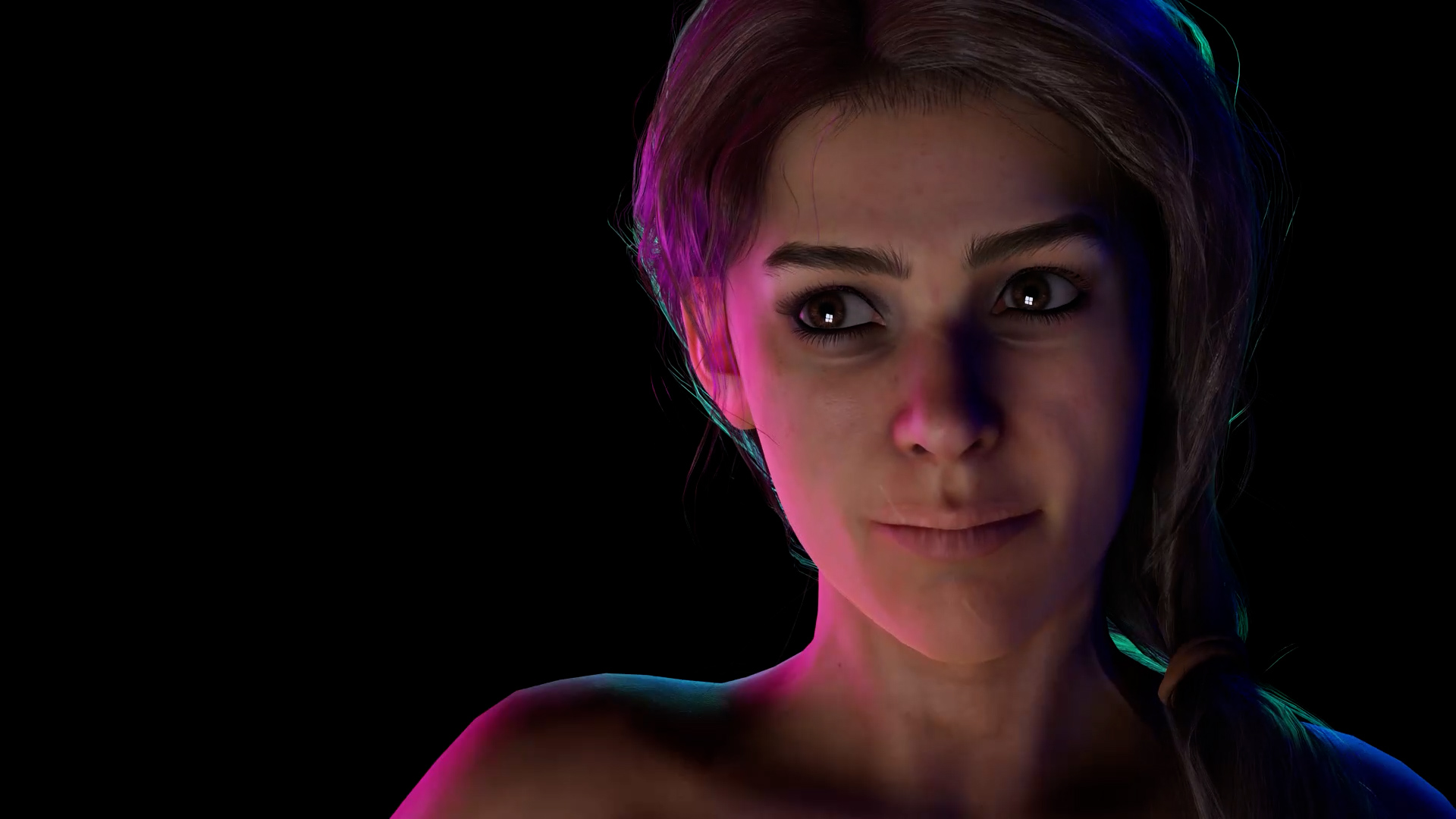
Write a Comment